The Real Deal on Almonds: A No-Nonsense Guide
Over the years, I’ve watched food trends explode and then fade away. One minute it’s all about kale smoothies, the next it’s some exotic berry you can’t even pronounce. But some foods are just… timeless. They’re the foundation of a genuinely healthy diet, and almonds are right at the top of that list.
In this article
But here’s the thing: most people misunderstand them. They either see them as a scary source of fat or just another crunchy thing to snack on. My goal is to change that. We’re going to go beyond the surface and look at almonds as a powerful tool for your health—what the pros call a “functional food.” This means exploring how they actually work inside your body to make a real difference.
Think of this as the practical knowledge you’d get from a wellness coach, built from years of seeing what actually works for real people.
First Things First: Your Quick Win
Feeling a little overwhelmed by all the health info out there? I get it. Let’s make this super simple. Here’s your mission for today: Replace one processed snack (like chips, crackers, or a cookie) with a small handful of raw, unsalted almonds. A small cupped handful is about an ounce, or roughly 23 almonds. That’s it. Start there and see how you feel. You might be surprised by how full and energized you are.
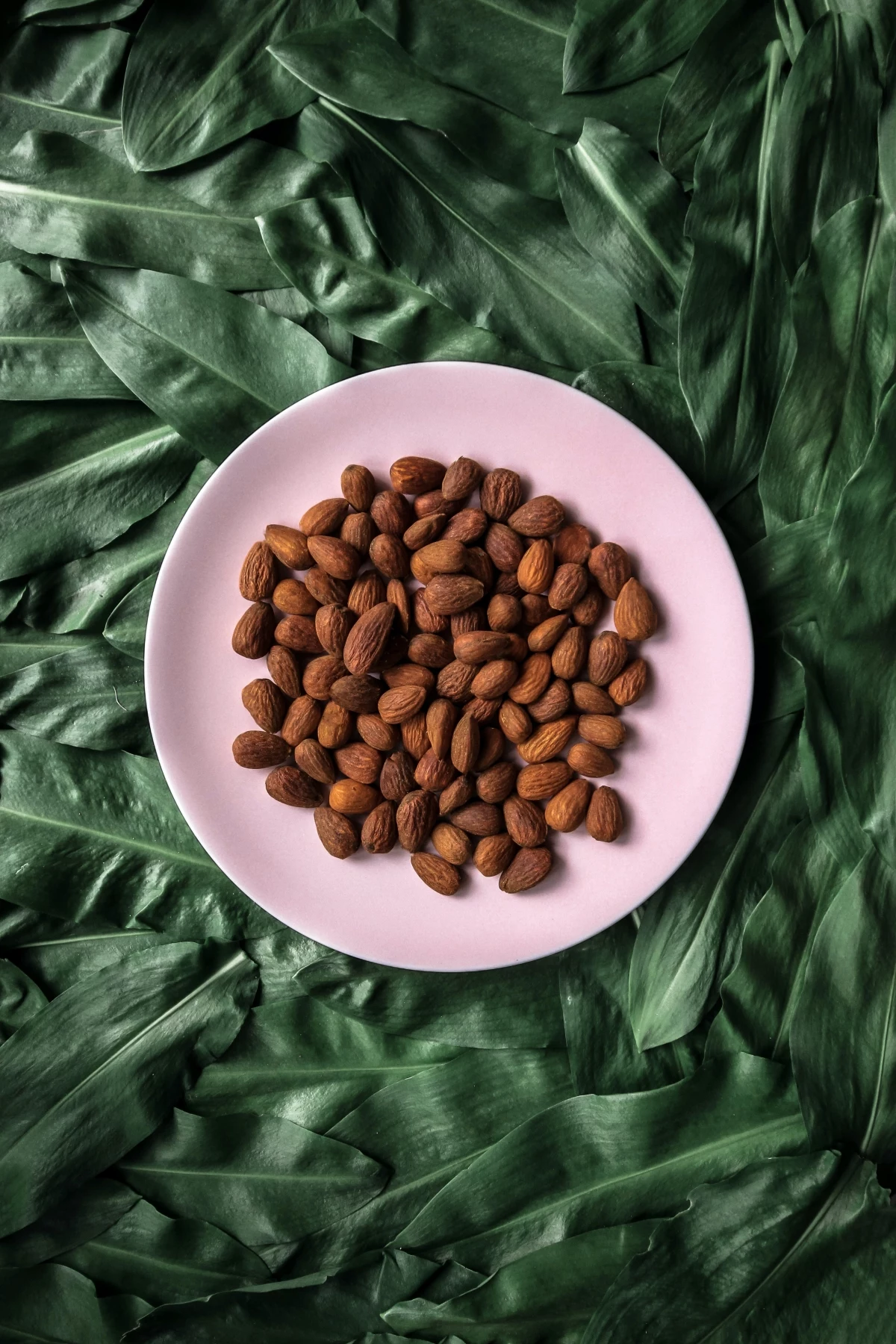
What’s Actually in That Handful of Almonds?
Before we get into all the cool benefits, we need to know what we’re working with. That one-ounce (or 28-gram) serving is the gold standard used in most of the research, and it’s the key to getting the good stuff without going overboard on calories.
Here’s a quick rundown of what you get in that small handful:
- Calories: Around 164
- Protein: A solid 6 grams
- Fat: 14 grams (but the good kind, we’ll get to that!)
- Carbs: 6 grams
- Fiber: About 3.5 grams
- Vitamin E: Nearly half of your daily needs
- Magnesium: A fantastic 76 mg (almost 20% of your daily value)
See? These aren’t just empty numbers. This specific combination of protein, healthy fat, and fiber is the secret sauce. It works together to slow down digestion, making you feel full and satisfied for much longer. It also helps prevent those nasty blood sugar spikes that leave you feeling tired and cranky.
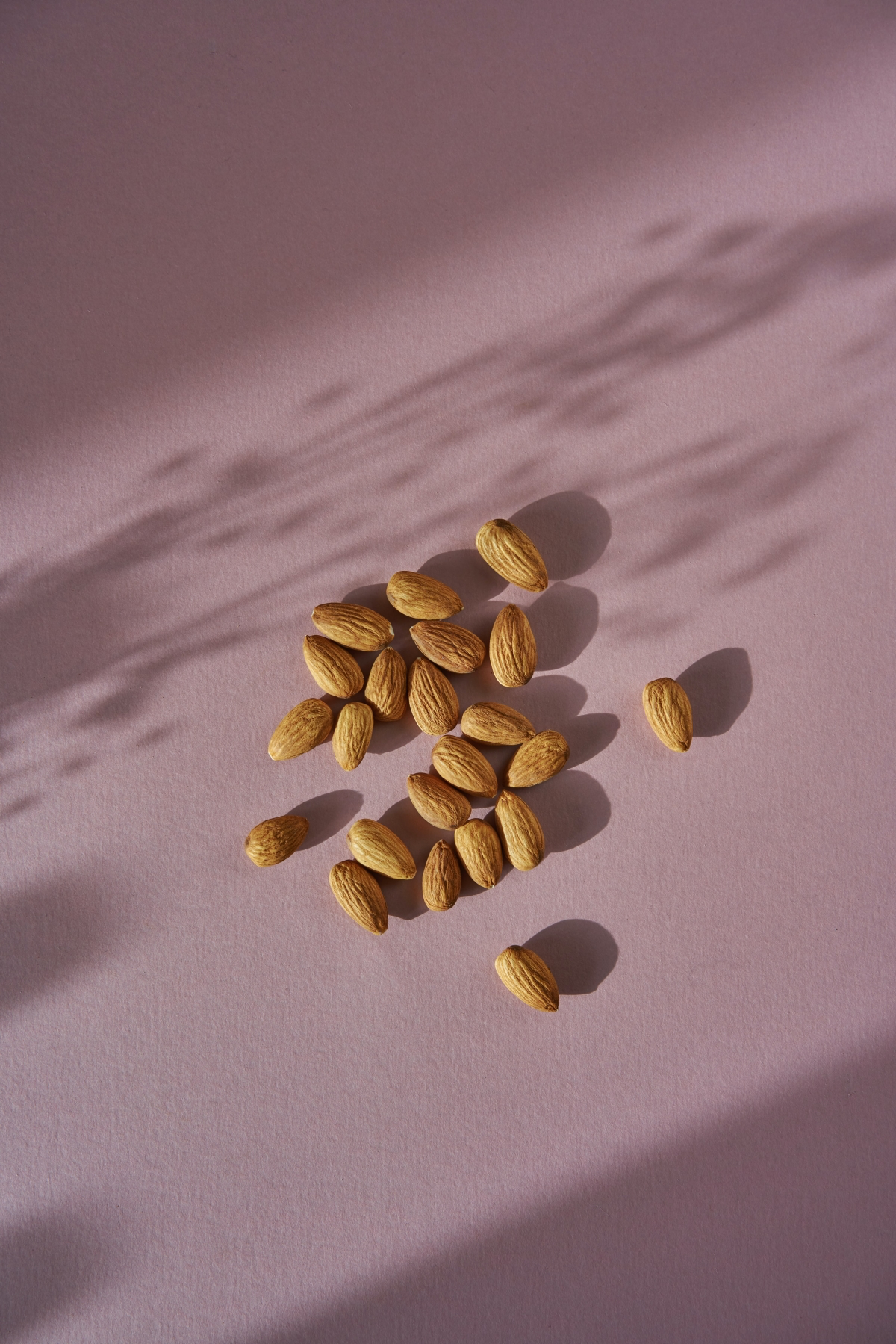
Let’s Talk About the Fat
I know, 14 grams of fat can sound like a lot. But honestly, it’s the type of fat that matters. The vast majority of fat in almonds is monounsaturated—the same heart-healthy stuff found in olive oil and avocados. This fat is a superstar for cardiovascular health. It basically helps your body’s cleanup crew clear out the “bad” LDL cholesterol from your arteries, keeping things flowing smoothly.
The Unsung Hero: Almond Skin Fiber
Here’s a lesser-known trick: don’t buy blanched almonds without the skin! That brown skin is where a lot of the magic happens. The fiber in the skin is a fantastic prebiotic. Quick refresher: probiotics are the good gut bacteria, and prebiotics are the food that feeds them. So when you eat almonds with the skin on, you’re directly nourishing your gut microbiome. A happy gut means a stronger immune system and less inflammation throughout your body. All from a simple snack.
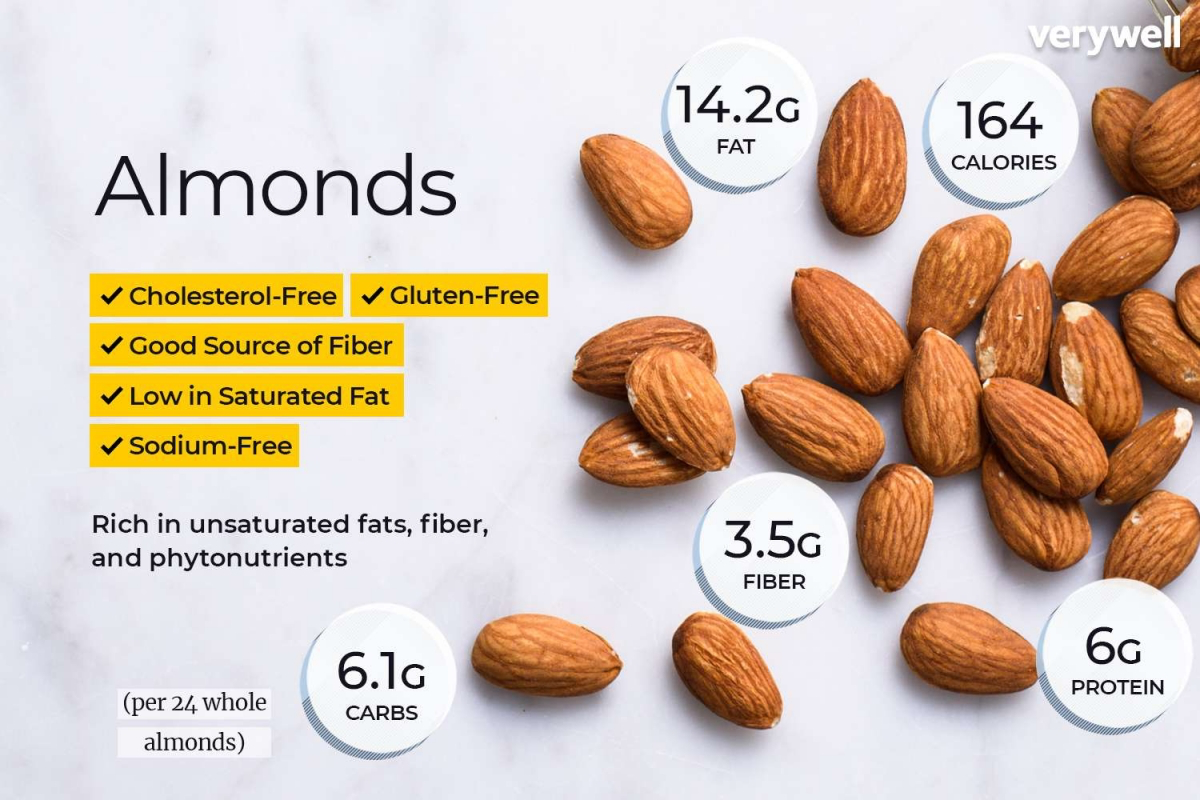
How to Buy, Store, and Prep Your Almonds Like a Pro
Not all almonds are created equal, and how you handle them at home makes a huge difference in their nutritional punch and flavor.
Choosing the Best Almonds
When you’re at the store, you’ll probably see a few options. For daily snacking, your best bet is to find raw, unsalted almonds. This gives you total control and helps you avoid the extra sodium and funky industrial oils often used on pre-roasted nuts. You can find great quality, affordable options at places like Trader Joe’s and Costco, and brands like Kirkland Signature or Blue Diamond are usually reliable. Budget-wise, expect to pay around $8 to $12 per pound for conventional almonds, or closer to $13 to $18 for organic varieties.
Oh yeah, and a quick note on “raw.” Most almonds grown in the U.S. are actually steam-pasteurized to eliminate any harmful bacteria. This is a gentle heat process that has very little effect on the nut’s nutrition, so don’t stress about it. If you’re concerned, just look for brands that specify they are steam-pasteurized.
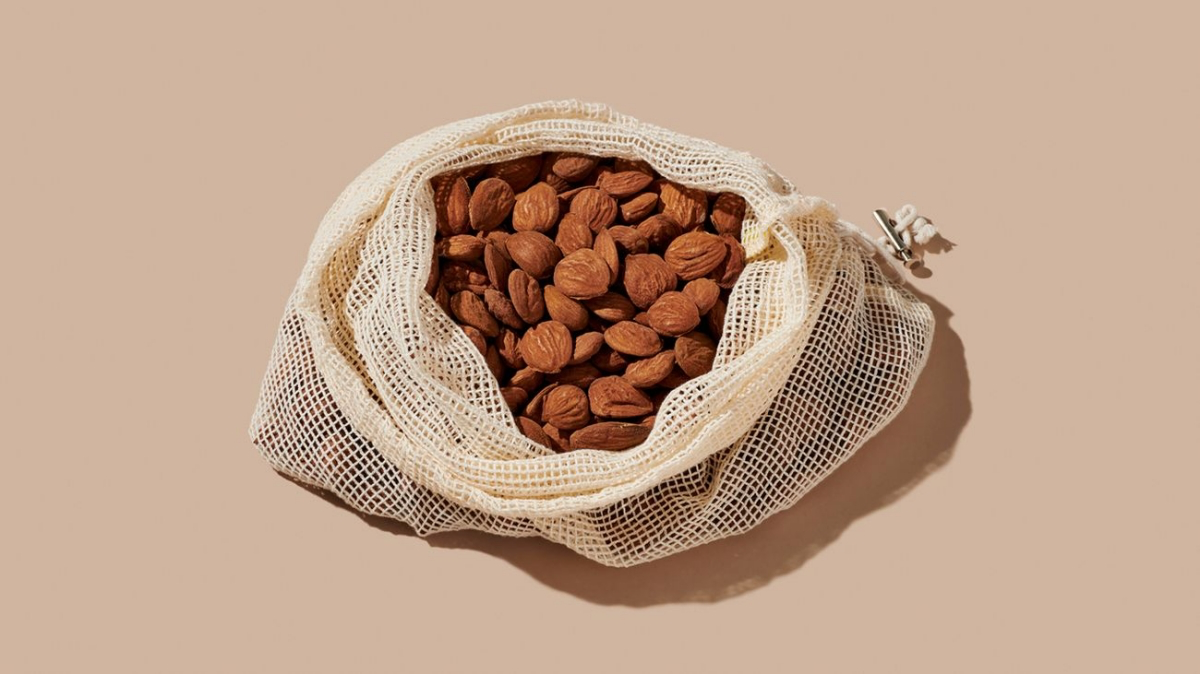
The #1 Rule of Storage: Keep Them Fresh!
The healthy fats in almonds are delicate. If you expose them to heat, light, or air, they can go rancid. And a rancid nut doesn’t just taste bitter and gross; the oxidized fats can actually be harmful. I learned this the hard way when I bought a giant bag from a bulk bin and left it in my pantry. A month later, they smelled like old paint. A total waste.
Go on, smell your almonds right now. I’m serious. Do they smell nutty and sweet, or do they have a sharp, off-putting smell? If it’s the latter, do yourself a favor and toss them!
Here’s my simple storage system:
- For short-term use (the next month or two): Keep them in an airtight glass container in a cool, dark pantry.
- For long-term storage: Pop them in an airtight container or freezer bag and store them in the fridge or freezer. They’ll last for up to a year this way.

Prepping Your Almonds: Raw, Roasted, or Soaked?
How you prepare almonds can subtly change their benefits. Here’s a simple breakdown—no complicated charts needed.
Raw (with skins): This is my go-to recommendation. Eating them raw is the best way to get the maximum prebiotic goodness from the fiber in the skins. It’s simple, effective, and perfect for daily snacking.
Dry-Roasted: If you love a crunchier texture and a deeper, nuttier flavor, a light roast is fantastic. Just spread your raw almonds on a baking sheet and toast them at a low temperature, around 300°F (150°C), for 15-20 minutes. This brings out the flavor without destroying the delicate healthy fats. Avoid high-heat roasting!
Soaked (the advanced method): Almonds contain something called phytic acid, which can make it a bit harder for your body to absorb minerals like magnesium and zinc. For most of us, this isn’t a big deal. But if you have a sensitive stomach, soaking can be a game-changer. Just cover raw almonds in water with a pinch of salt and let them sit on the counter overnight (about 8-12 hours). Rinse them well, and you’re good to go. Quick tip: You can eat them soft, or for a crunch, spread them on a baking sheet and pop them in the oven at its lowest setting (around 170°F/75°C) for a few hours until they’re dry and crispy again.
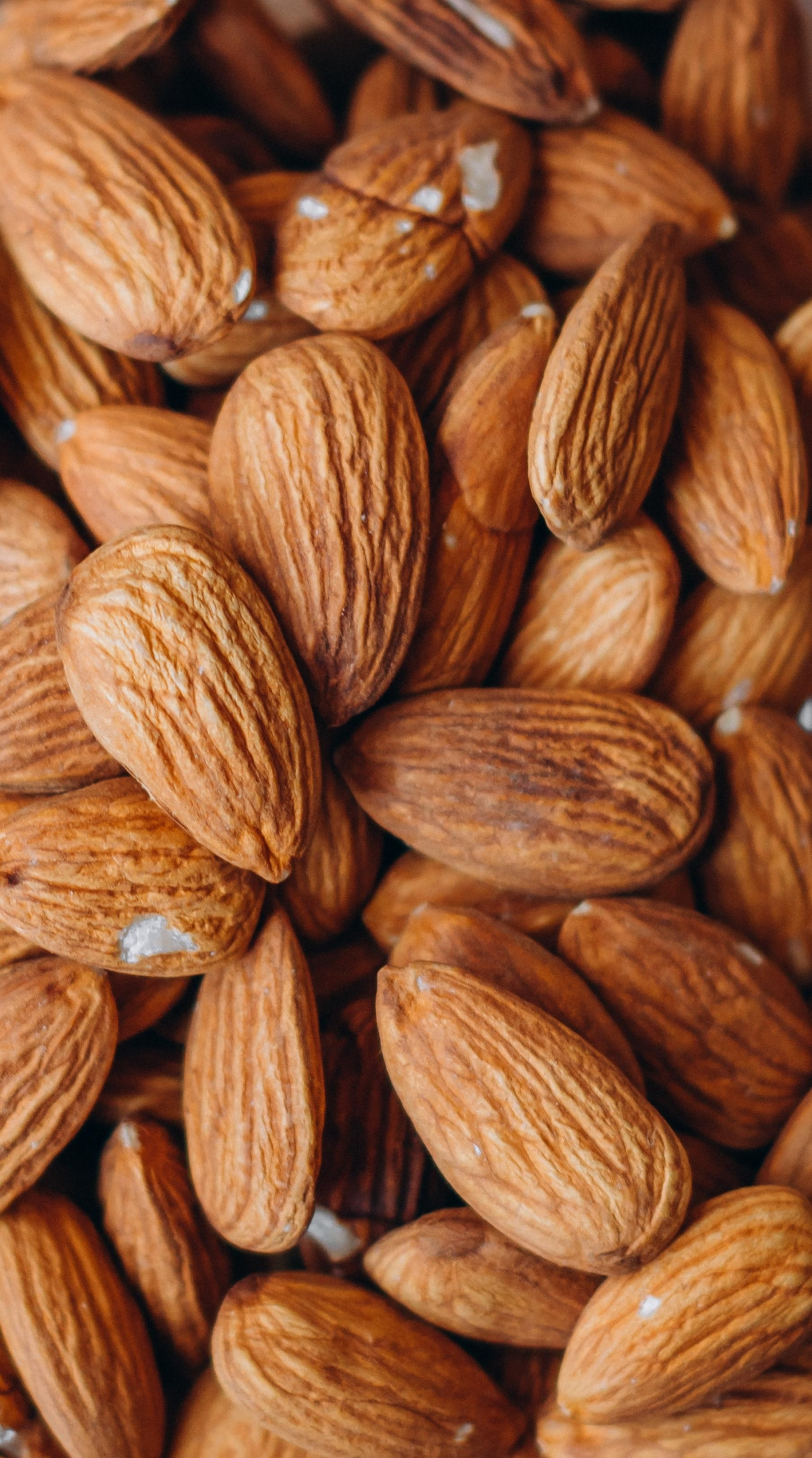
Putting Almonds to Work: Heart Health and Blood Sugar
This is where almonds really shine. When used as part of a balanced diet, they can be a powerful ally for some of our biggest health concerns.
For heart health, it’s a triple threat. The monounsaturated fats help manage cholesterol, the high magnesium content helps relax blood vessels to support healthy blood pressure, and the potent combination of Vitamin E and flavonoids from the skin helps fight the chronic inflammation that can damage arteries over time.
For blood sugar control, almonds are a non-negotiable. I always teach this simple trick: eat a small handful of almonds before or with a meal that contains carbohydrates. For instance, eating a dozen almonds before a bowl of oatmeal can seriously blunt the oatmeal’s effect on your blood sugar. The fat, fiber, and protein act as a buffer, preventing the sharp sugar spike and crash. It’s an incredibly simple and effective strategy.
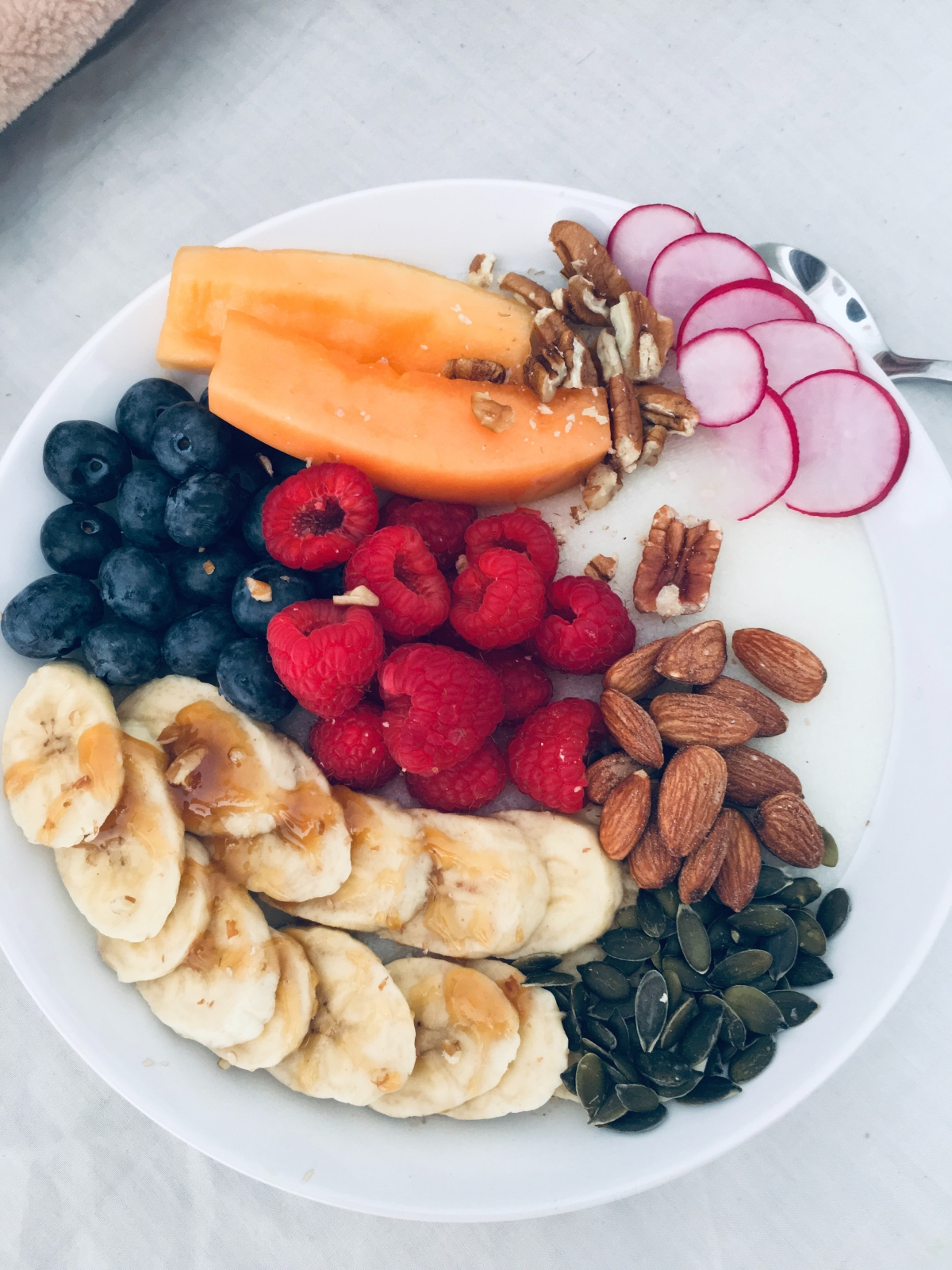
A Few Common Questions I Get All The Time
Let’s tackle some of the big questions people always ask.
Q: What about almond butter, flour, and milk? Are they just as good?
A: Great question! They are all useful, but different.
• Almond Butter: Look for brands with just two ingredients: almonds and maybe a little salt. It has a similar nutritional profile to whole almonds, making it a great choice. Just watch out for added sugars and oils.
• Almond Milk: Honestly, most commercial almond milk is mostly water. It’s a fine low-calorie milk alternative, but it doesn’t offer the fiber, protein, or healthy fats of whole almonds. Don’t rely on it as your source of almond nutrition.
• Almond Flour vs. Almond Meal: They’re similar! Almond meal is made from grinding almonds with the skins on (more fiber!), while almond flour is typically made from blanched (skinless) almonds for a finer texture. Both are fantastic gluten-free baking alternatives.
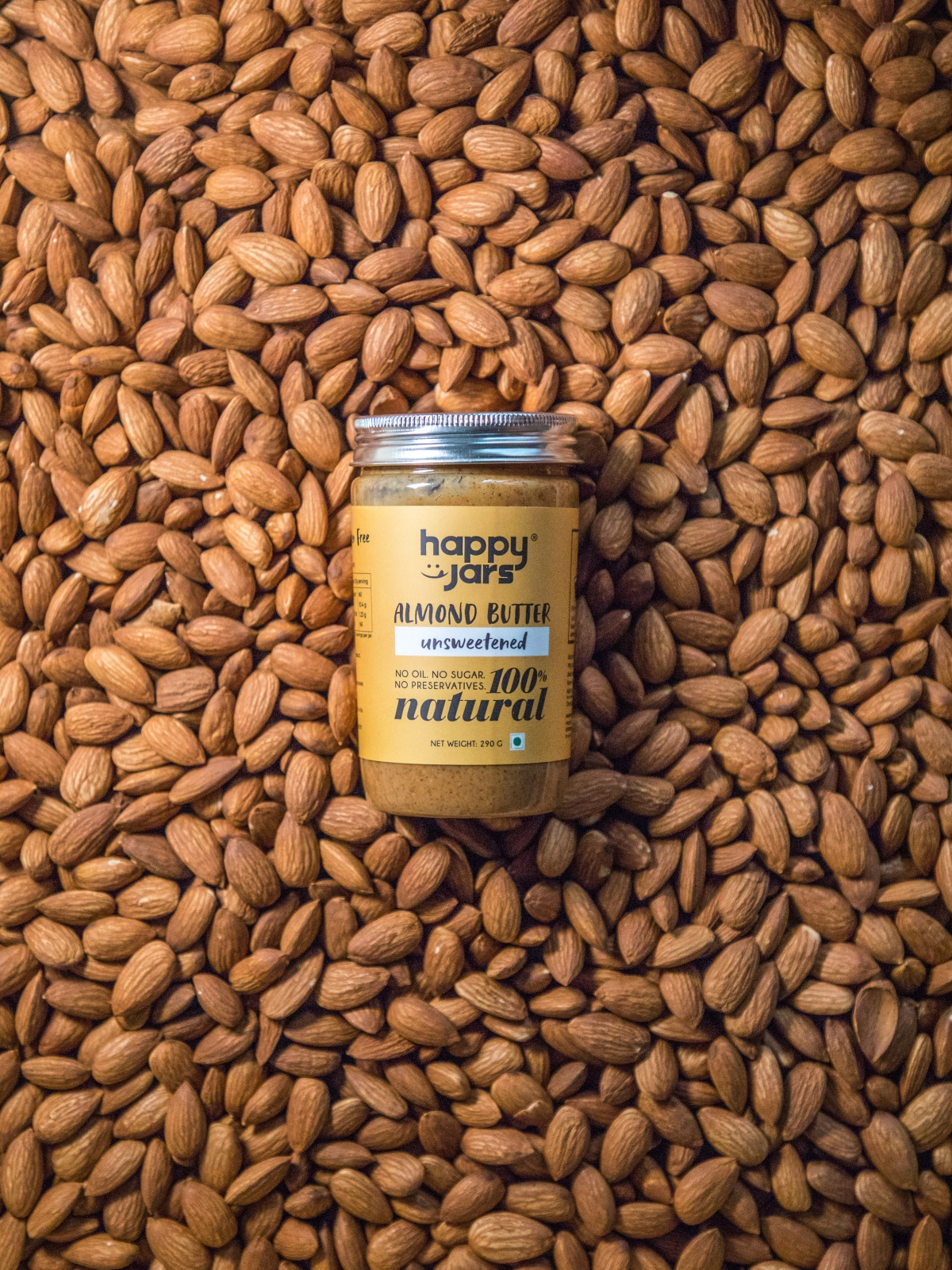
Q: Are roasted and salted almonds really that bad?
A: They aren’t “bad,” but they’re not optimal. The high heat used in commercial roasting can damage some of the healthy fats, and the added salt is something most of us don’t need more of. They’re fine as an occasional treat, but for daily functional benefits, raw or lightly home-roasted is the way to go.
Q: Are those fancy Spanish Marcona almonds worth the extra cost?
A: They are delicious! Marcona almonds are softer, sweeter, and have a more delicate flavor. They are amazing on a cheese board or as a special treat, but they are pricier. For everyday health-boosting, standard California almonds are the more practical and cost-effective choice.
Final Thoughts: Almonds Aren’t Magic, They’re a Tool
We’ve gone deep into the world of the humble almond. The big takeaway is that almonds are so much more than a snack. Their unique blend of fats, fiber, protein, and micronutrients works together to support your body’s most important systems.

But they aren’t a magic pill. Their real power is unlocked when you use them to replace less healthy choices—like swapping out a bag of chips for a measured handful of almonds. True health comes from an overall pattern of smart eating, movement, and good rest. Almonds are just one powerful, and delicious, tool in your toolkit.
Disclaimer: This information is for educational purposes only and is not a substitute for professional medical advice. Always talk to your doctor or a registered dietitian before making significant changes to your diet, especially if you have a medical condition. And of course, if you have a tree nut allergy, you must avoid almonds completely.
Inspiration:
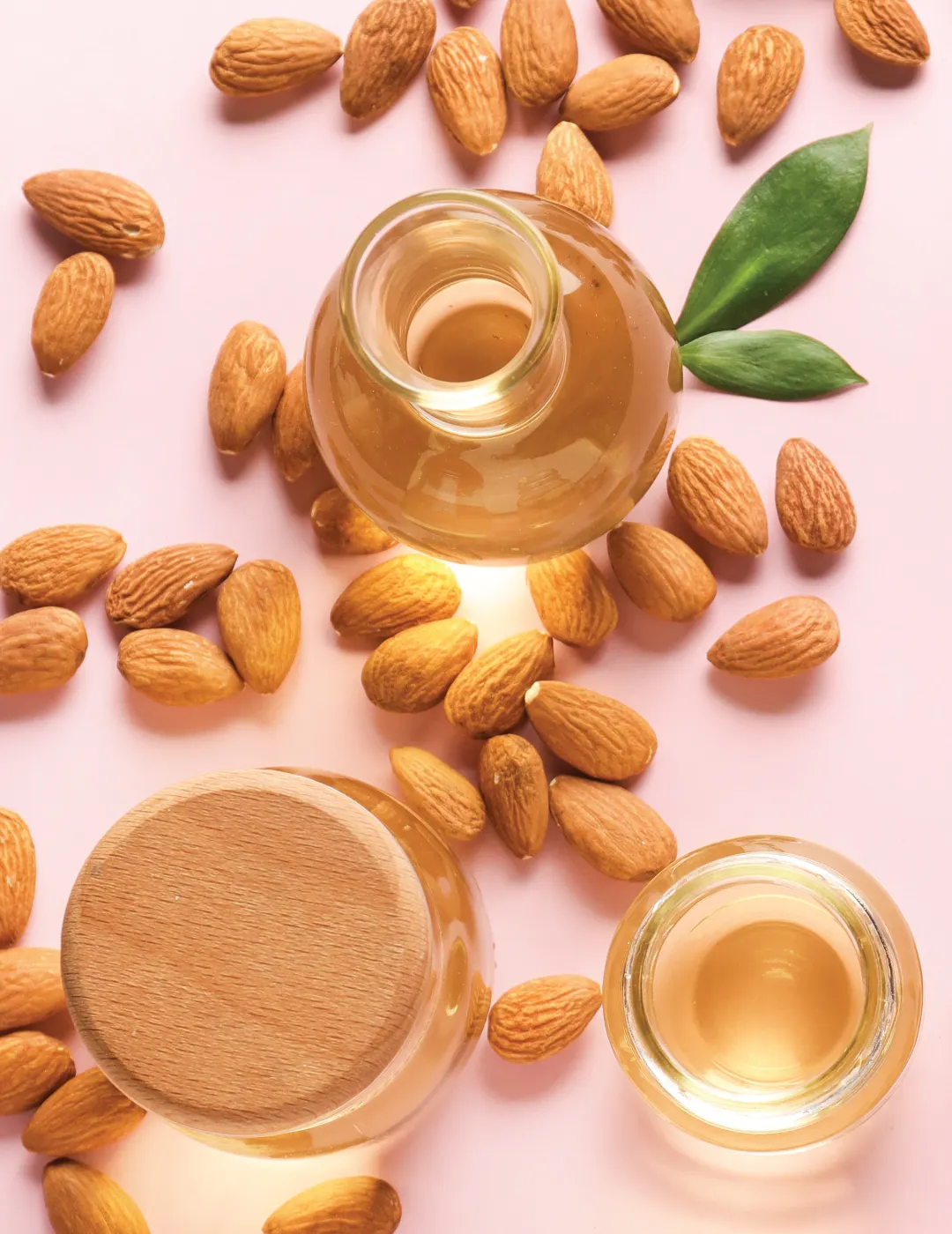
Beyond the handful: Which almond form is right for you?
The type of almond you choose can change its nutritional profile and best use. While the article champions raw almonds, here’s a quick guide to what you’ll find on the shelves.
- Blanched Almonds: These have had their skins removed. This slightly reduces their fiber content but gives them a smoother texture, making them perfect for fine baking, like in financiers or macarons.
- Slivered or Flaked Almonds: These are simply blanched almonds cut into thin pieces. They are ideal for adding a delicate crunch to salads, yogurt bowls, or as a topping for baked fish, without the dense bite of a whole nut.
- Almond Flour vs. Almond Meal: They sound similar, but they’re not. Almond flour is made from blanched almonds and is very fine, great for gluten-free cakes. Almond meal is ground with the skins on, resulting in a coarser texture that’s excellent for rustic breads or hearty cookies. Brands like Bob’s Red Mill offer both, so you can choose based on your recipe.










